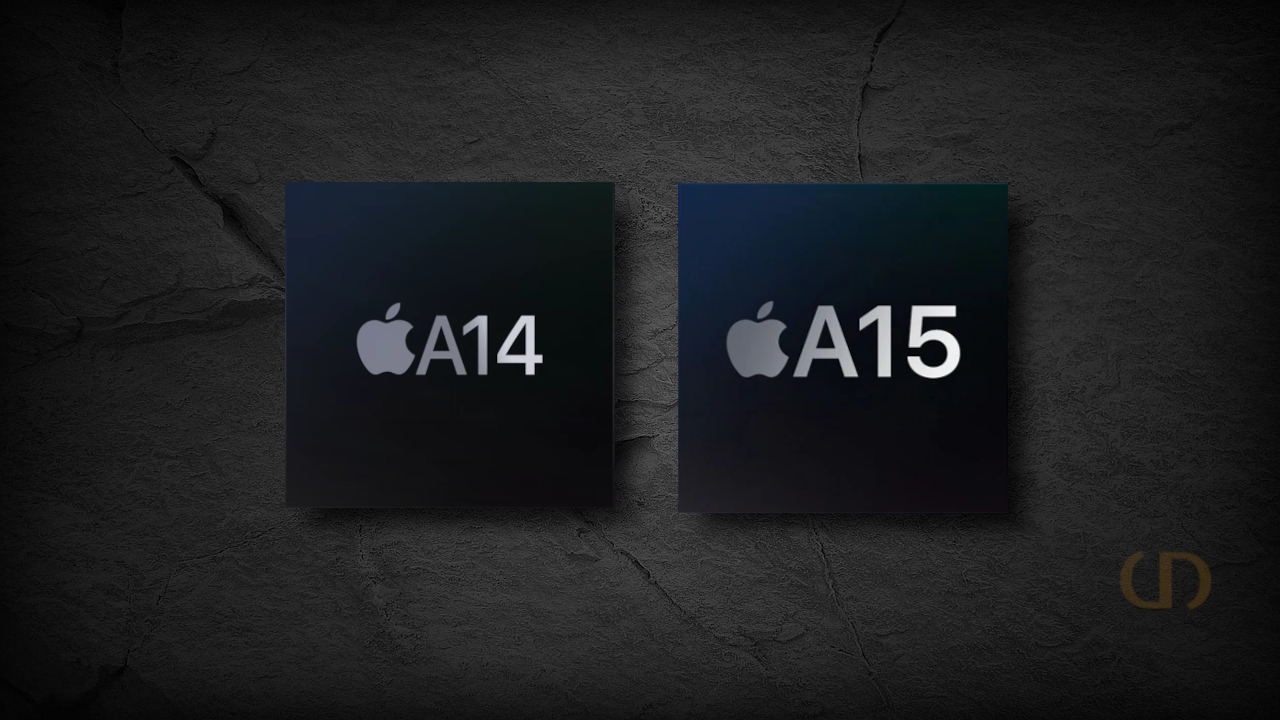Apple A14 Bionic vs A15 Bionic
Both the A14 and A15 Bionic chipsets use the same ARMv8 big-little chip design, with 2 powerful cores designated for heavy task
One of the major talking points of the iPhone 13 Pro series is the introduction of the Apple self-developed chipset, the Bionic A15. But, is the A15 a better chipset than Bionic A14?
Let's find out in this specs comparison between the Bionic A14 vs Bionic A15.
Highlights of the A14 Bionic
The Apple self-made A14 Bionic chipset was manufactured on TSMC 5nm process, with a max CPU speed of 3.1Ghz.
According to Apple, the A14 comes with a 6core design and 40% performance increase over the previous chipset, a better 4core GPU, and a 30% graphics improvement over the previous generation.
Highlights of the A15 Bionic
The A15 Bionic chipset shares the same 5nm TSMC nano process and similar 6core CPU arrangement but improves on the GPU by increasing the working cores to 5, from the previous 4 on the A14 Bionic.
Note: The A15 has a CPU speed of 3.23Ghz, although this speed is only available on the iPhone 13 Pro and max, other models like the iPhone 13 and mini utilize a less powerful A15 Bionic chipset at a clock speed of 2.93Ghz.
This also applies to the GPU configuration, 5 core GPU is only available on the pro series.
Apple claims the A15 Bionic chipset is 40% faster than the A14 Bionic, and 50% faster than other chipsets from competitors like Snapdragon and Mediatek.
Table of comparison.
| A14 Bionic | A15 Bionic | |
|---|---|---|
Process node | A14 Bionic 5nm | A15 Bionic 5nm |
CPU | A14 Bionic 6core, 3.1Ghz | A15 Bionic 6core, 3.23Ghz |
GPU | A14 Bionic 4cores | A15 Bionic 5cores |
Transistors | A14 Bionic 11.8 billion | A15 Bionic 15 billion |
Neural engine | A14 Bionic 16cores | A15 Bionic 16 cores |
HDR | A14 Bionic HDR support | A15 Bionic Smart HDR 4 |
Connectivity | A14 Bionic 5G, 4G, and WiFi 5 | A15 Bionic 5G, 4G, and WiFi 6 |
Max display support | A14 Bionic 4k | A15 Bionic 4k |
RAM MAX | A14 Bionic LPDDR4X 6GB. | A15 Bionic LPDDR4X 8GB. |
Noteworthy
It's worth noting that, both the A14 and A15 Bionic chipsets use the same ARMv8 big-little chip design.
There are 2 powerful cores designated for heavy tasks like gaming and 4k video processing, whereas, the other 4cores which are the little cores, handle demanding tasks like calling, Web browsing, and others.
This design is to minimize battery usage and reduce the chances of heat from the chipset.
Conclusion
When you take a look at the configuration of the A15 chipset, it's an improvement over the A14, thanks to the A15's better GPU configuration, presence of much-awaited 5G connectivity, and 120hz display promotion support.
Would I pick the iPhone 13 Pro max over the iPhone 12 pro max for the presence of the A15 Bionic chipset?
My answer is as good as yours, we would love to hear from you, let us know what your choice will be in the comment section below, or tweet us @Allroundreview1.
Until the next, have a wonderful day.
